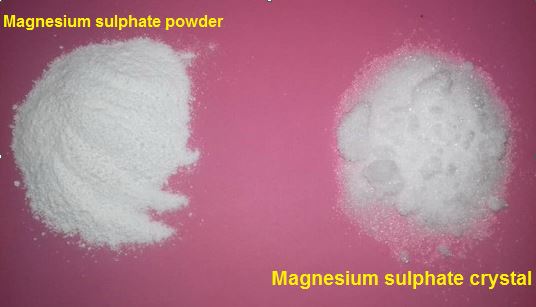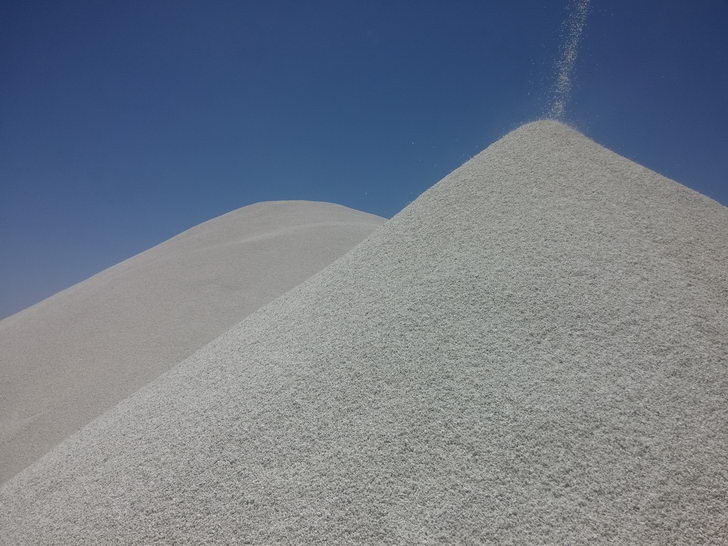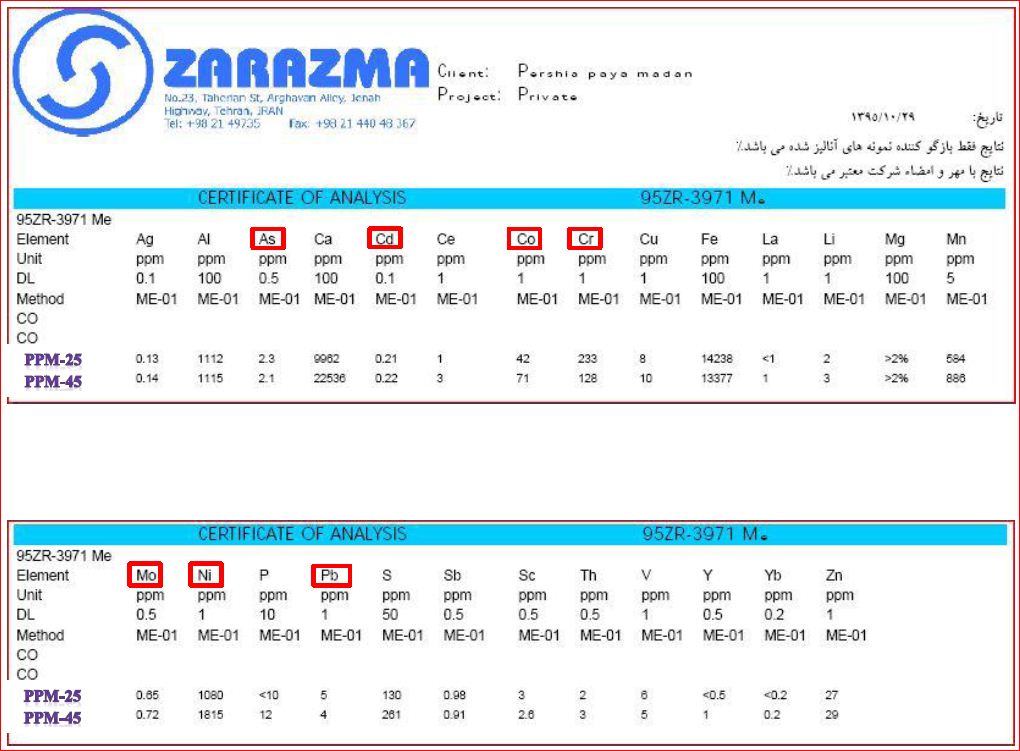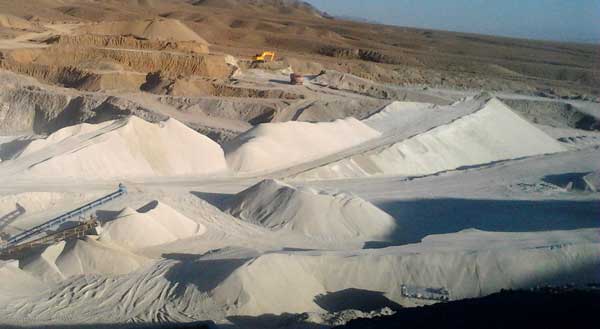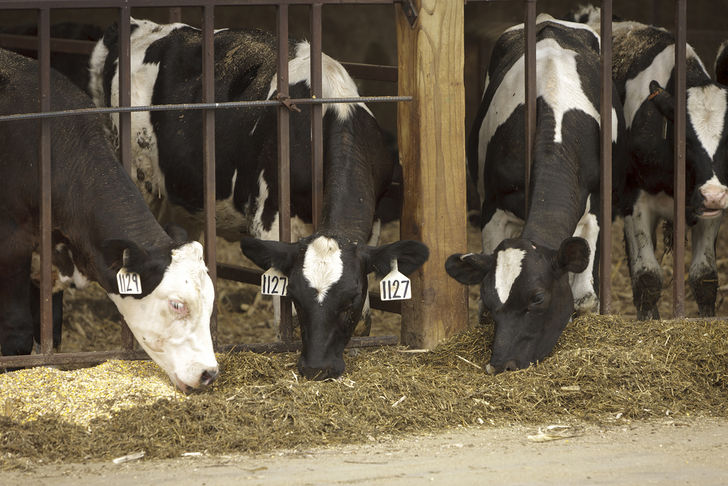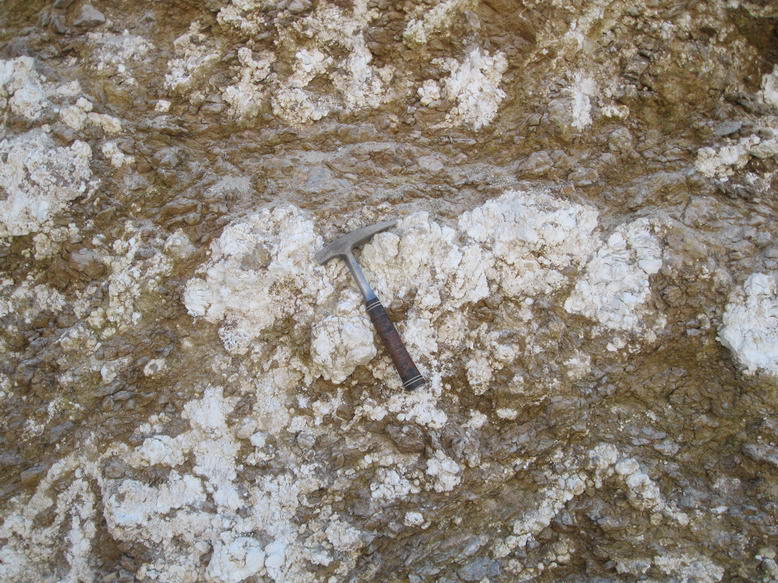
magnesium oxide
magnesium oxide
Persia Paya Madan is one of the main producers of magnesium oxid in Iran which supply a variety of magnesium oxide products for wide range of applications, such as agricultural, industrial and chemical, construction, environmental, steel / refractories. Our products are known with a consistency in quality and low impurity levels, low heavy metals & trace elements. The chemical purity of our caustic magnesia products varies from the low MgO content grades for the agricultural industry to high MgO levels for refractory based productions. Applications Magnesium Oxide in Animal Food Supplements Magnesium is an essential nutrient for all animals, serving a variety of vital functions within the body PPM magnesium oxide, a granular, high purity feed grade magnesium oxide processed from natural magnesite, is an excellent source of magnesium for cattle consuming low-magnesium forages. Inadequate magnesium in the diets of grazing animals can cause a serious metabolic disorder known as “Grass Tetany.” The rapid growth rate of grass in Spring means that pastures are often lacking in magnesium. Young grass is higher in simple carbohydrates and protein, but lower in most minerals. Grass tetany occurs when the level of magnesium in blood falls below a critical threshold. Providing a palatable magnesium supplement with high biological availability is an effective strategy for maintaining magnesium requirements of grazing animals. In dairy cattle, magnesium also helps raise the butter fat content of the milk and neutralizes acidosis caused by high amounts of grain in their diet. The balance of magnesium performs an important role in utilization of calcium, which is released from bone into the bloodstream. As with calcium, magnesium is classified as a macro mineral, which means that it is required by the body in reasonably large quantities. Magnesium is also important in converting sugars into energy. Refractories Magnesia is widely used in the steel industry as a refractory brick. It is often impregnated with carbon (tar, pitch, graphite) to provide the best properties for corrosion resistance in environments of basic slags, particularly in BOF furnaces or slag lines of treatment ladles. Magnesia bricks often in combination with spinel or chrome are also used in ferroalloy, non-ferrous, glass and cement industries. Castables and sprayables based on magnesia are widely used for basic refractory linings for steel transfer applications. The lime to silica ratio present in the magnesia has a major influence on its properties. Crucibles Magnesia crucibles have found application in the superalloy industry, nuclear industry and chemicals industry where corrosion resistance is required. Various purity grades are commercially available. Additives are employed to promote sintering or restrict crystal growth. These range from clay to yttria and alumina depending on application. Crucibles with stability of 2400oC in air, 1700oC in reducing atmospheres, 1600oC in vacuum and 1400oC in hydrogen have been reported in the literature. Cements Magnesia (or Sorel) cement is a refractory binder based on a magnesium oxychloride formulation. It is fast-hardening and has a number of refractory and general repair applications. Magnesia is also used as a room temperature curing agent for phosphate cements. Heating Elements Magnesia powder is widely used as a filling for electrical heating elements for applications in contact with air or liquids. Fused magnesia has the ideal combination of electrical resistance and thermal conductivity. The MgO forms a layer between the element and the outer sheath. It is also used as mineral insulation in cables. Thermocouple Tubes Extruded magnesia protective sheaths have been used to house thermocouples in aggressive environments. Brake Linings Magnesia has been included in brake linings due to its thermomechanical properties. Its intermediate hardness gives sufficiently low wear on metal while conducting heat from the friction contact surfaces. Plasma Display Screens Magnesia has been used as a protective film for plasma display screens where its electro-optical properties are used to advantage. Substrate for Thin Film Formation High purity grades of magnesia have been used to grow thin film semiconductors. Other similar electronic applications have been investigated.

Title
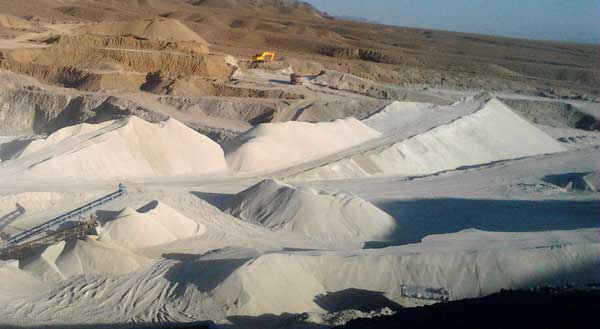
Soltan Abad Magnesite Mine
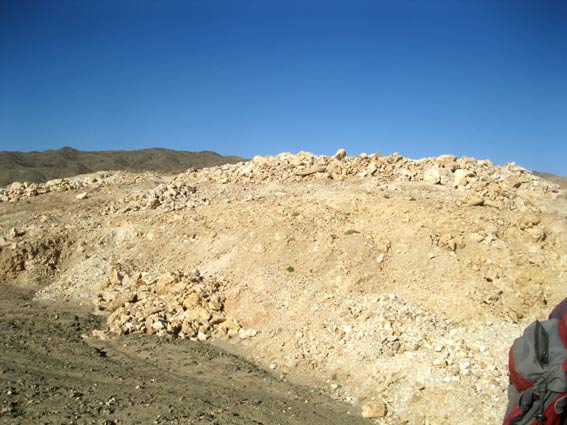
Chasiah Magnesite Mine

News 2025


